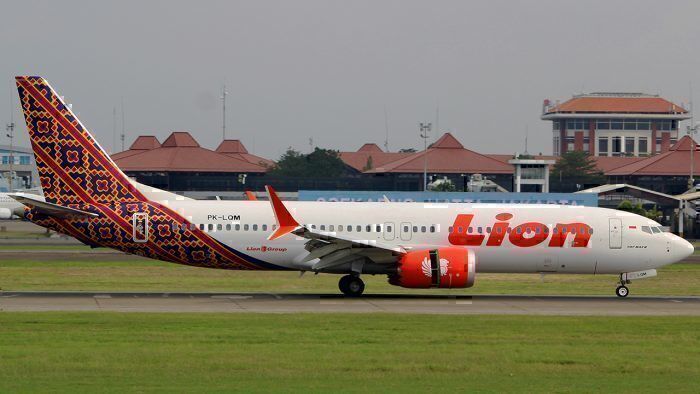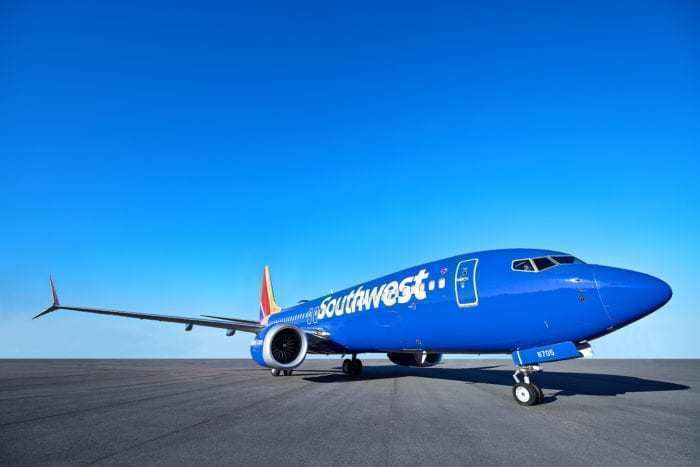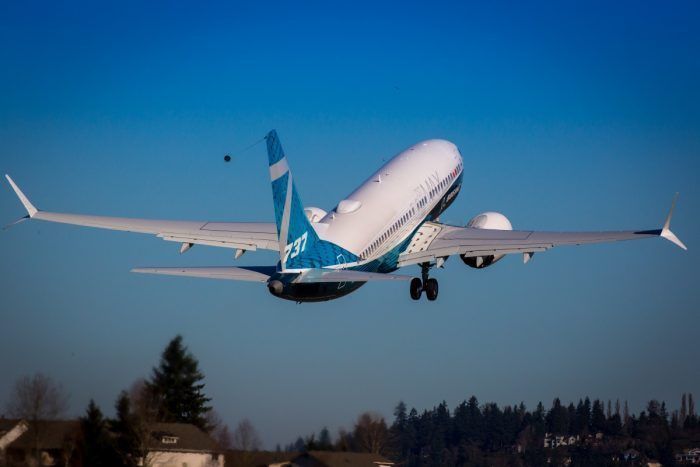Boeing’s beleaguered 737 MAX aircraft has received another blow today, as the FAA have discovered another major issue with the flight controls. Despite working on fixes for several months, it appears far more work is needed before the jet can return to service.The aviation industry has been abuzz today with the worrying news that Boeing have found another flaw in their 737 MAX jets. It appears that the procedure which Boeing have put in place to correct an inadvertent MCAS ‘nose down’ situation just doesn’t work.Now, Boeing is faced with needing to develop another software fix for the plane, which will clearly set them for much longer than anticipated. Not only that, but with the world media reporting yet another Boeing mistake, public trust in the plane maker has reached its lowest ebb yet.
What’s the problem?
Initially, reports from the FAA were somewhat vague, with no particular reason given other than that a fault had been identified. However, over the course of the day, more information has come to light regarding the nature of the fault.
Flight Global reports that the issue is related to the ‘runaway stabilizer’ procedure, which is what Boeing is calling it when the plane noses down in response to erroneous activation of the MCAS. This procedure is intended to help pilots regain control of the aircraft and take it out of the nose down position.
According to CBS, during flight tests in a simulator, FAA pilots found a problem with the trim functionality. In testing the simulator in a situation where the nose was being pushed down, pilots found that it took too long for the nose to be returned to the normal position, despite following all the correct procedures.
The BBC quoted an unnamed source as saying,
"During simulator testing last week at Boeing, FAA test pilots discovered an issue that affected their ability to quickly and easily follow the required recovery procedures for runaway stabilizer trim (i.e., to stop stabilizers on the aircraft's tail moving uncontrollably). The issue was traced to how data is being processed by the flight computer."
As such, Boeing is being asked by the FAA to format another software update in order to fix this latest identified defect.
What’s next for the MAX?
The FAA have demanded that this software issue is fixed before any airborne flight tests of the software updates are conducted.  While it seems to come down to a ‘data processing issue’, the consequence of such a software glitch could have been deadly in real life.
The FAA have released the following statement regarding the current situation.
According to their statement, they will only lift the ban when they deem it safe to do so, which could mean the MAX is grounded for much longer than anyone originally thought. As a result, Standard are reporting Southwest Airlines have extended their cancellation of the MAX through to October. We expect other operators will follow suit soon, although at this point, even October is looking somewhat optimistic.
This comes as the IATA meet in Montreal with world leading aviation authorities to discuss how to return the plane to service. Clearly, they’re going to have a fair bit more time to mull this problem over.
What do Boeing have to say about this?
It seems Boeing are happy with the FAA’s decision, and agree that more work needs to be done. In a statement, the plane maker said,
“The safety of our airplanes is Boeing’s highest priority. During the FAA’s review of the 737 MAX software update and recent simulator sessions, the Federal Aviation Administration (FAA) identified an additional requirement that it has asked the company to address through the software changes that the company has been developing for the past eight months.
“The FAA review and process for returning the 737 MAX to passenger service are designed to result in a thorough and comprehensive assessment. Boeing agrees with the FAA's decision and request and is working on the required software.
“Addressing this condition will reduce pilot workload by accounting for a potential source of uncommanded stabilizer motion. Boeing will not offer the 737 MAX for certification by the FAA until we have satisfied all requirements for certification of the MAX and its safe return to service.â€
This latest development not only jeopardizes the 737 MAX’s timely return to service, but it looks like it will hit Boeing where it hurts too. Boeing stock was down a massive 6% following the break of the news, affecting their profitability and ability to keep paying those sizeable dividends.




